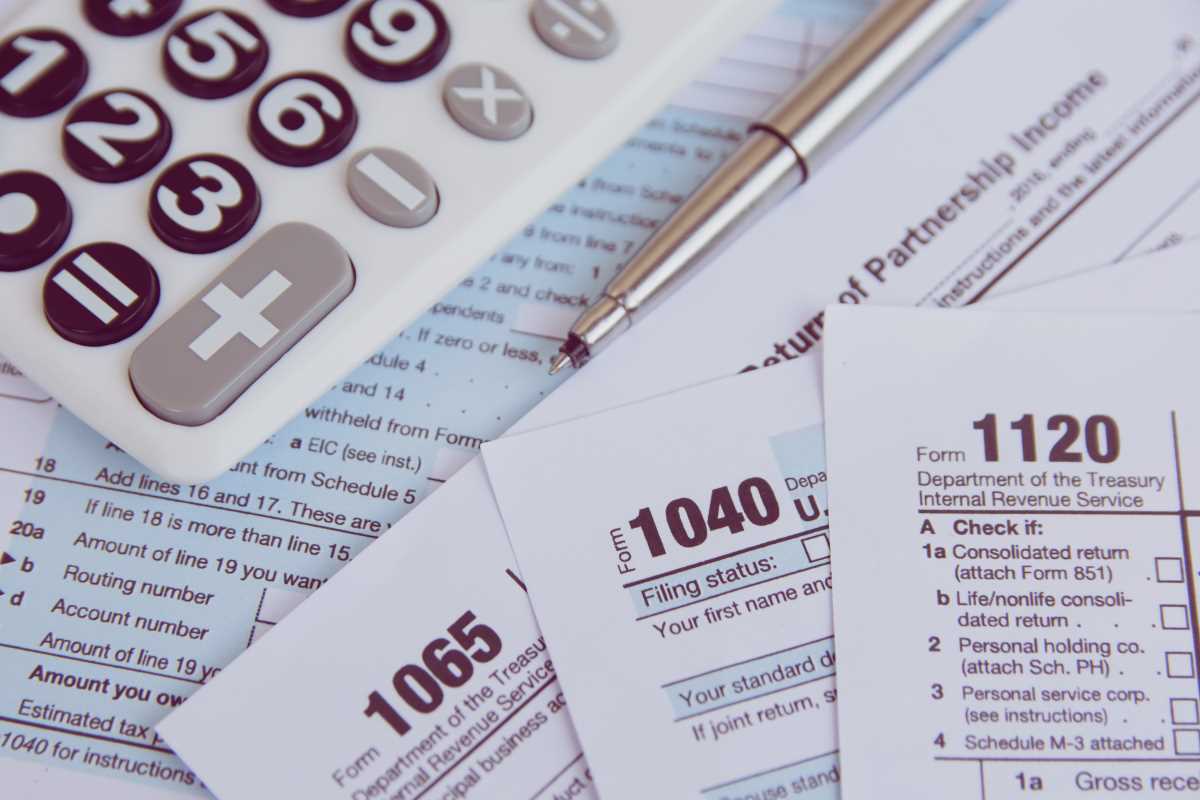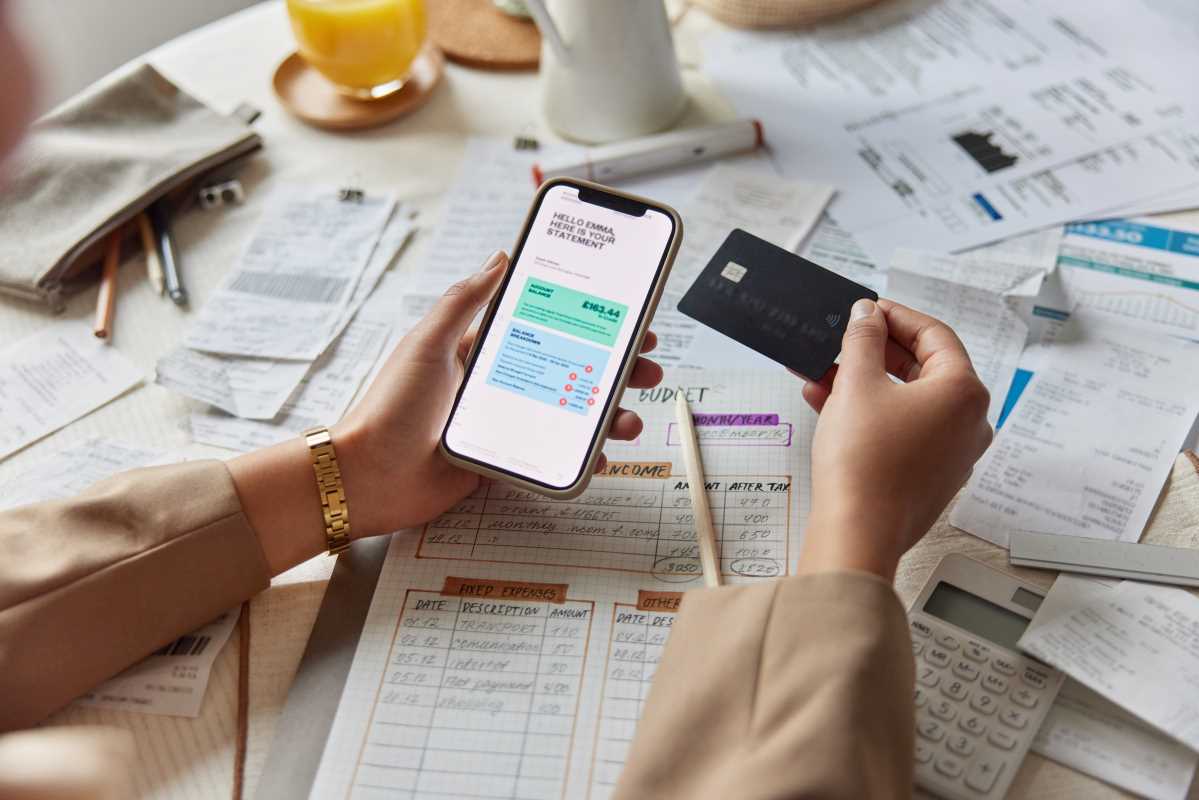Combining multiple debts into a single payment can help you organize your finances and reduce the stress of managing several bills each month. Debt consolidation brings all your outstanding balances together, so you only need to keep track of one due date instead of many. By doing this, you may also benefit from a lower interest rate, which can make your monthly payments more affordable and help you pay off what you owe faster. Many find peace of mind as they break free from the confusion of scattered deadlines and unpredictable charges. This approach offers a clear path toward regaining control of your financial situation.
When you consolidate your debts, you lower interest burdens and avoid late fees. It also reduces the risk of falling further into financial hardship. An organized approach helps you understand how much you owe, what you pay on average, and where you can cut expenses.
What Debt Consolidation Involves: The Basics
Getting a clear picture of what debt consolidation involves is the first step toward managing your cash flow. Debt consolidation means taking several high-interest loans or credit card balances and merging them into one single loan. This often results in a lower monthly payment or a reduced overall interest cost, saving you money in the long run.
Below are key points to keep in mind when learning about debt consolidation:
- Simplification: You manage only one payment instead of multiple.
- Lower Interest Rates: You might qualify for a plan with a lower rate, reducing the total cost over time.
- Improved Cash Flow: Making a single payment each month makes budgeting easier.
- Reduced Stress: One consolidated payment helps you avoid late fees and confusion over due dates.
Assessing Your Financial Situation
Before starting debt consolidation, you should evaluate your overall financial picture. This assessment helps you determine if debt consolidation fits your needs and highlights areas where you can improve your spending habits. Knowing your financial status also helps you choose the right plan and track your progress effectively.
Follow these steps to evaluate your finances and debts:
- List all current debts, including credit cards, personal loans, and any other outstanding bills.
- Note the interest rates and payment due dates for each debt.
- Calculate your monthly income and list essential expenses such as rent, utilities, and groceries.
- Decide how much extra cash you have each month to put toward paying off your debt.
- Check your credit score to see if you qualify for better rates or terms on a new consolidation loan.
Picking the Best Debt Consolidation Plan
Selecting a plan that matches your financial situation can significantly impact how quickly you pay off your debt. Several options exist, each with its own benefits and drawbacks. Comparing these choices helps you find what works best for your circumstances.
Consider different types of consolidation plans. Here are some common options in bullet points for clarity:
- Personal Loans: These often have fixed interest rates and set repayment terms. They work well if you have a good credit score.
- Balance Transfer Credit Cards: These cards offer a low or 0% introductory interest rate, making them ideal for paying off debt quickly when used carefully.
- Home Equity Loans: You can tap into your property’s value, often resulting in a lower interest rate. Use this only if you are comfortable risking your home.
- Debt Management Programs: Non-profit agencies offer these programs, which consolidate payments and may lower interest rates, but they require strict budgeting.
Ways to Save More with Debt Consolidation
Once you pick a suitable debt consolidation plan, using a few tactics can help you maximize your savings. Paying more than the minimum payment whenever possible speeds up paying down the principal and reduces interest costs over time. Avoid unnecessary fees by understanding the terms before you commit, and always read the fine print.
Here are practical tips to keep in mind when trying to save the most money from your plan:
- Create a detailed budget. Include all income and expenses, then identify areas where you can cut back to free up extra funds for debt repayment.
- Build an emergency fund. Having a small reserve cushions unexpected expenses and prevents you from adding more debt in tough times.
- Set up automatic payments. This reduces the risk of missing due dates and incurring late fees.
- Review your plan every couple of months. If your financial situation changes or you have extra cash, adjust your payment amounts accordingly.
Avoid common mistakes like forgetting to account for changes in interest rates or not reviewing your budget regularly. These errors can slow your progress and diminish the benefits of consolidation. Remember, the goal is to pay off your debt sooner while spending less on interest.
Tracking Your Progress and Making Changes
Regularly reviewing your debt repayment progress helps you understand how well your plan works and if you need to make adjustments. Tracking your progress also allows you to celebrate milestones, which can motivate you to keep paying down your debt.
Use these methods to stay on track with your consolidated debt plan:
- Create a simple spreadsheet or use budgeting software to input your monthly payments and track remaining balances.
- Set realistic short-term goals, such as paying off a specific amount of principal within a few months.
- Review your plan every few months. If you receive a bonus or a raise, consider increasing your monthly payment to pay off your debt faster.
- If unexpected expenses come up, adjust your budget to cover them while still making minimum payments on your debt.
Understand your finances, choose a suitable debt consolidation plan, and use practical methods to save. Each step brings you closer to financial freedom and reduces stress.







